Every state in the USA has at least one nickname, many of which have been officially adopted by the state. For Tennessee, that nickname is the Volunteer State. Most of the time, you probably don’t think about the reason behind the name – you just know it exists. But if you pause to think about it, there’s got to be something cultural there. After all, other states have nicknames like Sunshine state (Florida) or Grand Canyon State (Arizona) which are obviously named for features of the region. So, where did the great state of Tennessee get such an unusual nickname? Let’s take a look at learn the history behind what it means to belong to the Volunteer State.
The History of the Tennessee Militia
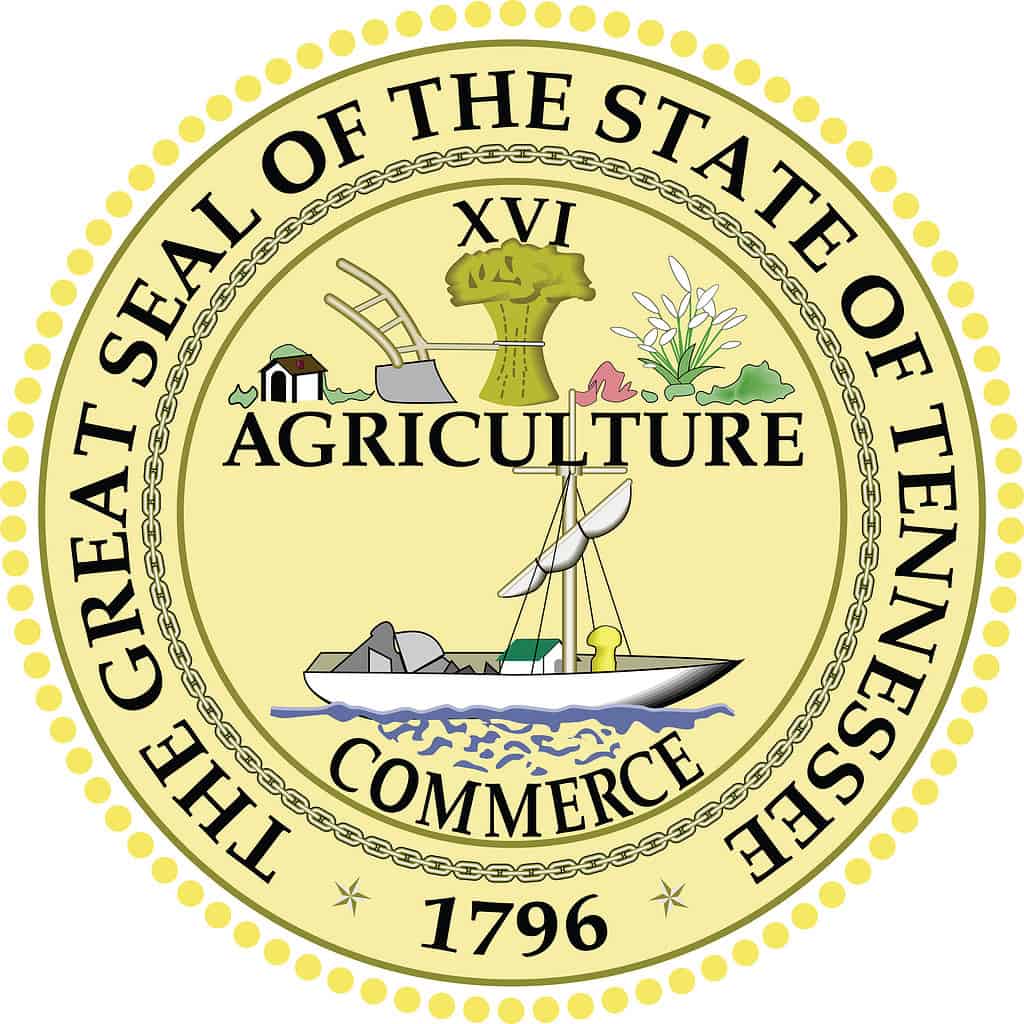
©iStock.com/Roki Rodic
Just like any other reason behind a state’s nickname, some specific and intriguing details – and, in this case, a long history – create the circumstances for the naming. In the case of Tennessee, the origins of the title “Volunteer State” begin in 1812.
When Tennessee became a state in 1796, the 16th in the Union, they formed their own militia. The official date has been assigned as June 1, though the history reaches further back into time by 22 years. The first militia of the region formed in 1774 when a felt threat of Native Americans created a stir in the area. By 1780, during the American Revolution, 240 militiamen had joined up. The militia was known as the Overmountain Men and marched on Major Patrick Ferguson’s Corps that was protecting Lord Cornwallis’s army. Once independence was gained for the fledging United States, the territorial militia included 114 infantry companies and a cavalry troop. Once the state was formed, the militia became officially a part of Tennessee’s organized protection.
And then the War of 1812 erupted.
Why the Militia Impacts the Nickname of Tennessee

©Zack Frank/Shutterstock.com
Once the War of 1812 drew forth further need of militia protection and helps, the Tennessee Militia mobilized for this war and continued battles against the Native Americans. Volunteers signed up to become the militia in Tennessee. Little notice came for the men who left jobs and families and fought in the war. In 1813, more volunteers joined the militia to avenge the Fort Mims massacre in Alabama, with some 5000 volunteers showing up and fighting alongside Andrew Jackson. Later-President Andrew Jackson, holding the rank of Major General, led the Tennessee militia and volunteers from Tennessee in the Creek War and later against British forces at the Battle of New Orleans. Famed frontiersman David Crocket was also part of the Tennessee militia, as well as Sam Houston.
In the 1830s, militia volunteers fought for the independence of Texas, including both Houston and Crocket, at the Alamo. In 1846, during the Mexican-American war, another 30,000 Tennesseans volunteered when President James K. Polk requested a mere 2,800. The massive numbers of militia volunteers from the state earned the nickname initially with this final massive overabundance solidifying the name.
Earning the Nickname, the Volunteer State

©Nixx Photography/Shutterstock.com
The typical characteristics of other states may be types of flowers they grow (Mississippi, the Magnolia State) or animals present (Oregon, the beaver state). But Tennessee, too, bears a characteristic of the state in its nickname. The Volunteer State earned its moniker for the huge numbers of brave men and women willing to give their lives for the freedom and protection of others.
When Was “Volunteer State” Adopted by Tennessee Officially?
Interestingly, Tennessee earned the nickname of Volunteer State in 1812, but the title was never adopted into the statutes until 2020. The state legislature put forth the resolution for adoption of the name officially and received unanimous approval.
Other Nicknames of Tennessee
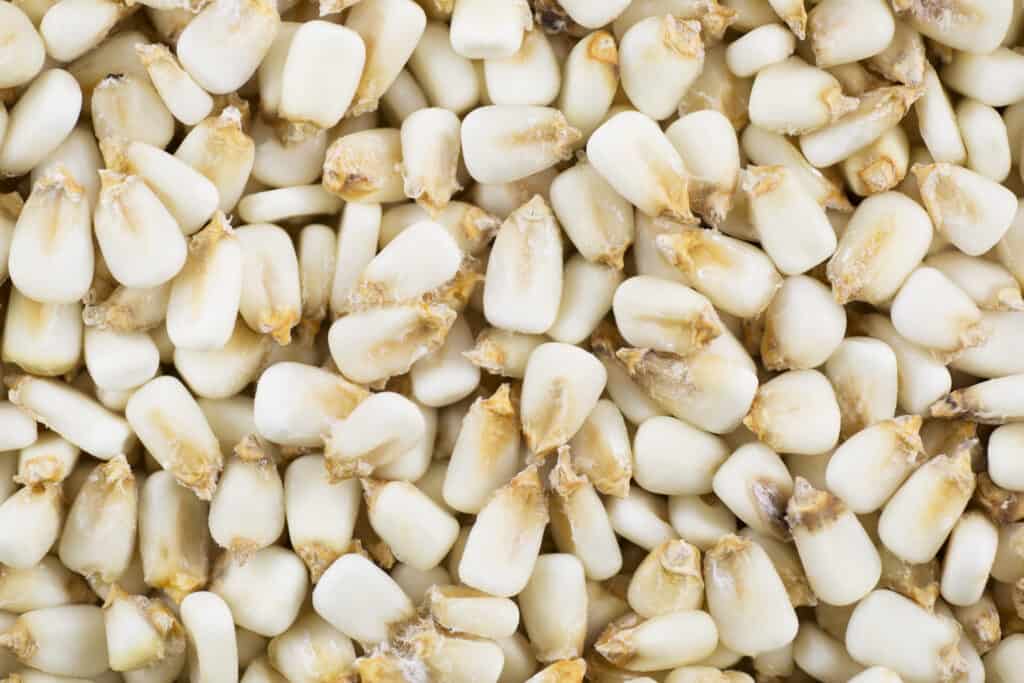
©iStock.com/cheche22
The official nickname is well known, thanks to plastering the moniker on license plates and signs everywhere. But Tennessee has some other nicknames as well as that folks acknowledge and embrace.
- Big Bend State
- The River with the Big Bend
- Mother of Southwestern Statesmen
- Hominy State
- Butternuts
- Hog and Hominy State
Other Symbols of Tennessee: The Flag

©iStock.com/Kamlesh Suthar
Tennessee proudly bears its flag with a red field bordered by a thin white stripe on the far right. The edge of the flag has a thick band of bright blue, while the center contains a blue circle with three white 5-point stars. The regions of Tennessee, East, West, and Middle, are the reason for the stars, representing unity and distinction between the regions. The flag was adopted in 1905.
Other Symbols of the Volunteer State: State Animals
Like most states in the Union, Tennessee has a plethora of official animals in many categories, as well. Amphibians, birds, butterflies, fish – each represent the state in some important way.
State Amphibian – The Tennessee Cave Salamander
Scientifically known as Gyrinophilu paleaceous, The Tennessee Cave Salamander was officially made the state amphibian in 1995. True to their names, these salamanders dwell in caves in Tennessee, primarily in limestone caves with streams in the central and southeast regions of the state. The salamanders have three red external gills and a flat, broad head with small eyes.
State Birds: Mockingbird and Bobwhite Quail
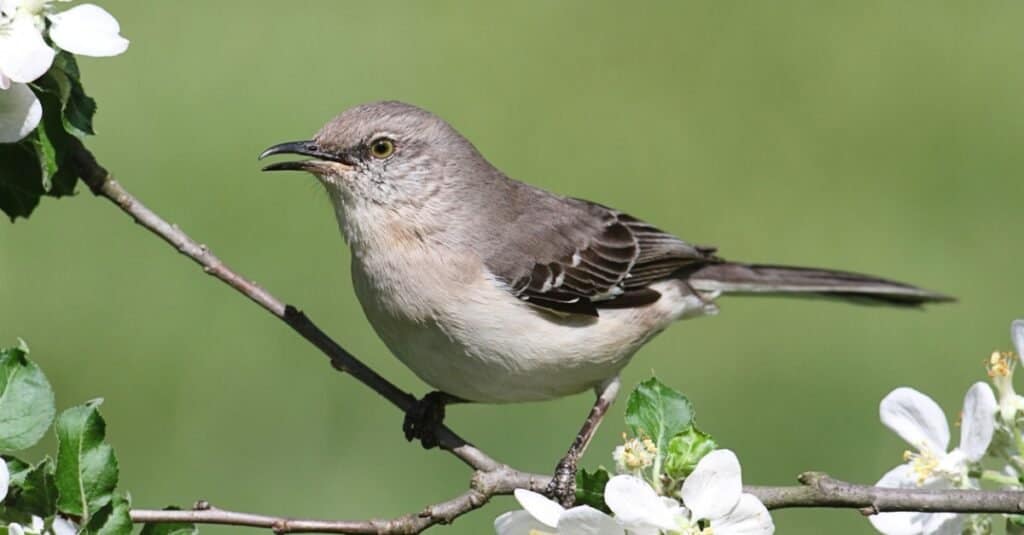
©Steve Byland/Shutterstock.com
Named the official state bird in 19933, the mockingbird, or Mimus polyglottos, is related to the brown thrasher and the catbird. Mockingbirds are gray on the tops, with darker, white-edged winds and white underbellies. They are about 10 inches long, including their tails, and are among some of the sweetest sounding birds (when they want to be!). They’re known as mockingbirds because of their mimicking abilities.
The bobwhite quail, or Colinus virginianus, became the Tennessee state game bird officially in 1987. These birds are also known as partridges (if you ever wondered!) and are thought of as some of the best game bird in the world. They have a short tail and chunky brown body. Males have white throats and white stripes above the eyes, while females have buff throats and eye stripes.
State Butterfly – The Zebra Swallowtail
The Eurytides marcellus, or zebra swallowtail, became the official butterfly of Tennessee in 1995. With white and black stripes on their wings, running the length of their bodies, and red and blue spots on their lower backs, the fluttering insects are incredibly beautiful and favored among pollinator gardeners.
State Fishes – Smallmouth Bass and Channel Catfish
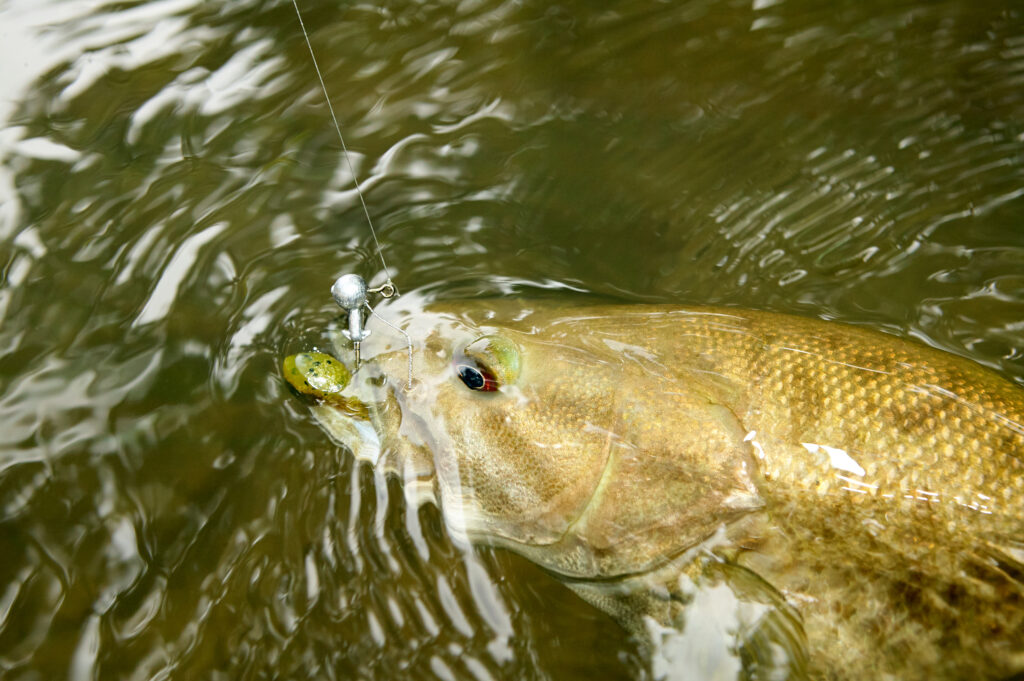
©CLP Media/Shutterstock.com
Tennessee claims two official fish: the smallmouth bass as sport fish (designated in 2005) and the channel catfish as the commercial fish (designated in 1987). Originally, Tennessee claimed the largemouth bass as their sport fish but after producing five of the largest smallmouth bass (Micropterus dolomieu) in the world, the state officially changed their mascot fish. Sometimes referred to as the bronzeback, the fish is known for its fight and therefore challenge in catching them. Current state records hold for D.L. Hayes at Hollow Lake catching an 11-pounds-15-ounce smallmouth bass. The channel catfish, or Ictalurus lacustris, is also known as the spotted cat or fiddler catfish. They live across many lakes and channels throughout the state, as well as both in stocked ponds and farming ponds. Be careful of this one when you catch it, though – it has a painful barb that can cause infections if you don’t take care!
State Horse – Tennessee Walking Horse

©Horse Crazy/Shutterstock.com
The name is right there in it: the Tennessee Walking Horse. The majestic animal was designated as the official state horse in 2000. The horse is bred primarily from Standardbred, Morgan, American Saddlebred, and Thoroughbred breeds. The unique combination has created some of the most athletically adept and beautiful horses in the world, with a good size on them. The breed typically reaches between 14.3 and 17 hands (a large, but not huge breed), and weigh between 900 and 1,200 pounds.
Tennessee Walkers have three easy-riding, smooth gaits: flat-foot walk, running walk, and canter. The smoothness and ease of the gaits are inherited characteristics from their founding breeds. These qualities have helped the horse be considered one of the smoothest riding breeds in the world. At first, Tennessee Walkers were meant as utility horses, but because of the incredible ride they’ve proven to be, they’ve primarily involved into pleasure horses.
State Wild Animal – Raccoon

©kingma photos/Shutterstock.com
Adopted as the state’s wild animal officially in 1971, the raccoon or Procyon lotor, is a fun one. The critter has a bushy, ringed tail (often even called a ringtail), with a black band around its face. The band gives the raccoon a “bandit” look, similar to a mask like you’d see in classic episodes of Zorro. The mammals are known as scavengers when they make their way into urban areas. But in the wild, they hang out by the rivers and lakes looking for frogs and fish, their favorite meals. They’re omnivorous, so they also nosh on fruits and berries, and other vegetation.
Raccoons of Tennessee are usually between 12 and 25 pounds, with males larger than females, and about the size of a small to medium dog. They walk on all fours, but sometimes you’ll see them sitting up, chattering and holding forepaws aloft as they chatter or snack on fruit. They’re excellent swimmers, as well, and often aren’t afraid of humans.
State Reptile – Eastern Box Turtle

©outdoorsports44/Shutterstock.com
What state symbol collection could be complete without a reptile of some kind? In many states, snakes are chosen, but Tennessee opted to choose the Eastern Box Turtle, or Terrapene carolina, in 1995. Peaceful, easy-going, and attractive, the predominantly terrestrial box turtle prefers vegetative areas. They live in open woodlands, field forest edges, marshy meadows, and shrubby grasslands. Their shells are black or brown with spots of orange, red, and yellow. They often live to between 30 and 60 years of age and usually stick close to their birthplace.
State Insect – Firefly

©Fer Gregory/Shutterstock.com
Lightning bug, firefly, lightning beetle – all apply to this fun little insect adopted by the Volunteer State as a symbol in 1975. The luminescent insect known scientifically as Photinus pyralls lights up using unique organs. The light can be orange, green blue, yellow, or white, even reddish. They’re small, though, and often aren’t seen during daylight hours. At night, though, these black to brown, red or yellow beetles light up in beautiful, magical ways. They’re like tiny floating lanterns lifting into the sky. They create rhythmic flashes that signal others to come together for mating season or for a protective mechanism to drive away predators. When in the larval state, they’re known as glowworms.
Other Symbols of the Volunteer State: State Flowers
State Cultivated Flower: The Iris

©David R Duncan/Shutterstock.com
With more than 170 different species of iris in the world, including several North American varieties, the iris is one of the most well-known flowers around. In Tennessee, they’re so beloved that the state deemed them the official cultivated flower of Tennessee in 1973. The most common iris in the state is the Blue Flag. You’ll find them in many colors, though, including red, white, purple, violet, lavender, pink, pale yellow, bicolor, black, brown, and orange. Tennessee loves all irises, so they didn’t name a particular color as the designated choice.
State Wildflower: The Passion Flower
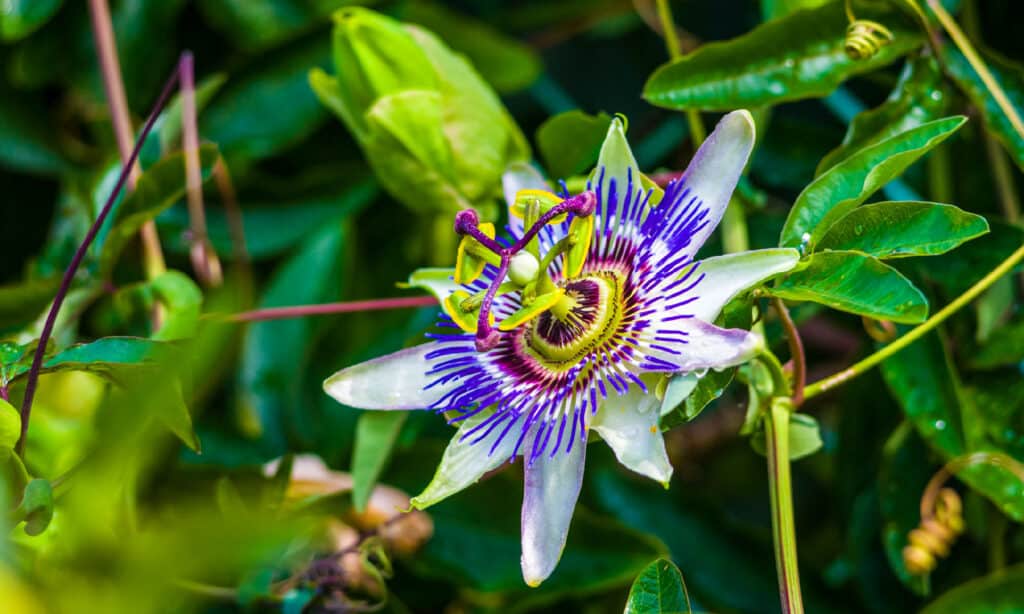
©iStock.com/Shedu
Growing wild in the southern parts of the USA and in South America, the Passion Flower is a vibrant, beautiful wildflower. It’s a bit unexpected, though, in some cases. It looks like it ought to be an exotic tropical flower – but it’s actually fairly prolific in the wild. Belonging to the genus Passiflora, the passion flower has additional names as well, including wild apricot, Ocoee, and maypop. The Ocoee name comes from its place of praise among the Indigenous people of the area. The Passion Flower name, however, comes from the unique shape of the flower, thought by some early Christian missionaries, to look like the symbols of the Crucifixion of Christ. The thought is that the flower represents three crosses, cords, nails, and the crown of thorns via its unique shape.
State Wildflower #2: The Tennessee Coneflower

©Media Marketing/Shutterstock.com
Another wildflower of Tennessee, the Echinacea tennesseensis, or Tennessee coneflower, lives among cedar glades and limestone in Middle Tennessee. For a long time, the flower was thought to be extinct, but in the late 1960s, folks found them again in the state. In 1979, the flower became one of the first plants to be listed as an endangered species in the United States. The plant has done well since with conservancy helping it reestablish in the wild. The Tennessee coneflower was claimed by the state as another state wildflower in 2012.
The post Discover Why Tennessee Is Called the Volunteer State appeared first on AZ Animals.
from Animal News, Facts, Rankings, and More! - AZ Animals https://ift.tt/vSVj49L